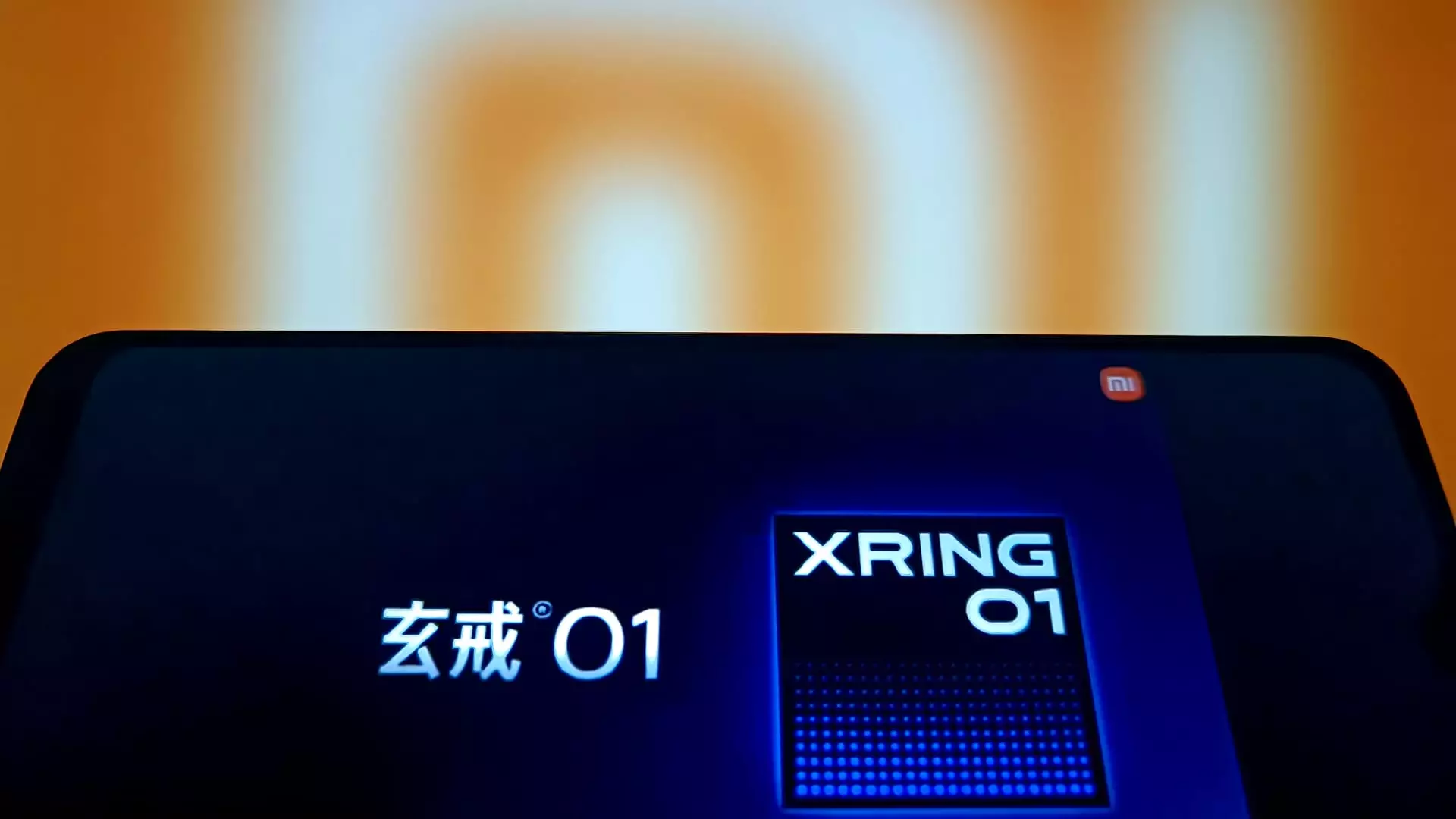In an industry defined by fierce competition, Xiaomi is emerging as a formidable contender against Apple by leveraging aggressive pricing strategies. The recently launched Xiaomi 15S Pro is priced at an impressive 5,499 yuan (approximately $764), strategically positioning it to benefit from Chinese government subsidies that apply to devices under 6,000 yuan. This contrasts starkly with Apple’s iPhone 16 Pro, which starts at a staggering 7,999 yuan, and the Pro Max model, which is even higher at 9,999 yuan. In a market that increasingly favors budget-conscious consumers, Xiaomi’s pricing structure not only attracts attention but also resonates with a broader audience looking for high-quality devices without breaking the bank.
Technological Advancements: The Xring O1 Chip
Beyond competitive pricing, Xiaomi’s claim about its new Xring O1 chip taking the edge over Apple’s A18 Pro in certain technical metrics highlights the brand’s ambition to establish itself as a leader in smartphone innovation. While such claims remain to be independently validated, Xiaomi’s commitment to the development of this processor is noteworthy. At a recent event, CEO Lei Jun emphasized the chip’s ability to maintain lower heat levels while running resource-intensive applications, such as gaming—a critical feature that speaks to the demands of modern users. This focus on performance over mere specifications is indicative of Xiaomi’s strategic vision.
The Ramifications of Global Semiconductor Tensions
The backdrop of U.S. restrictions on China’s access to advanced semiconductor technology further complicates the landscape. These restrictions not only challenge Chinese companies in their pursuit of cutting-edge technology but also set the stage for intimate domestic competition. Xiaomi’s recent commitments to invest 200 billion yuan in research and development over the next five years signal a determination to overcome obstacles posed by international trade dynamics. By enhancing its chip-making capabilities, the company is positioning itself to be less reliant on third-party suppliers like Qualcomm and MediaTek, a move that may eventually safeguard its market position and fuel innovation.
Xiaomi’s Broader Ecosystem: From Phones to Electric Cars
Xiaomi’s ambitions extend beyond smartphones. With the recent launch of its SU7 electric car, the company has firmly planted its flag in the automotive sector, offering a model priced substantially lower than competitors like Tesla’s Model 3. This diversification strategy not only aims to capture market share in a rapidly burgeoning sector but also allows Xiaomi to create an more integrated ecosystem for consumers who may want a cohesive experience across devices. XiaomI’s strategic vision is to capitalize on its existing customer base and introduce them to a wider range of technology-driven products.
The Road Ahead: Growth and Challenges
Despite the competitive edge and the impressive growth trajectory—recording more than 28,000 vehicle deliveries in April—Xiaomi has faced its share of challenges, particularly the crash of an SU7 vehicle that resulted in tragic consequences. Such incidents serve as stark reminders of the responsibilities involved in launching innovative products. The company’s forthcoming results are anticipated with great interest, particularly in light of its previous year’s record revenue and profit margins. As the market evolves, Xiaomi’s ability to navigate these waters while continuing to expand its footprint will be critical for its sustained success.
Xiaomi’s Vision for the Future
As Xiaomi invests significantly in both chip development and its overall product ecosystem, it is clear that the company is not simply trying to replicate what others have done but is committed to forging its own identity. By prioritizing affordability without compromising technical performance, Xiaomi exemplifies an agile business model that leverages rapid innovation to disrupt established market players like Apple. With a bold vision and clear intent, Xiaomi is well-poised to redefine the competitive landscape in the smartphone division and beyond. The challenges ahead are undeniable, but the potential rewards for persevering in this competitive arena are equally significant. As the company’s trajectory unfolds, one thing appears certain: Xiaomi is not backing down, and the market is watching closely.

